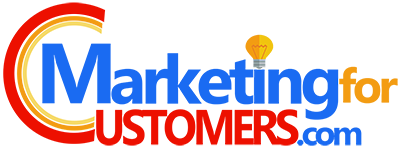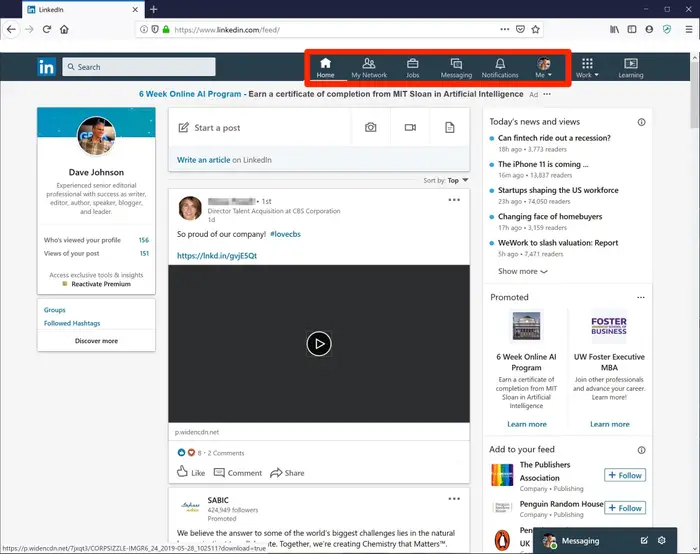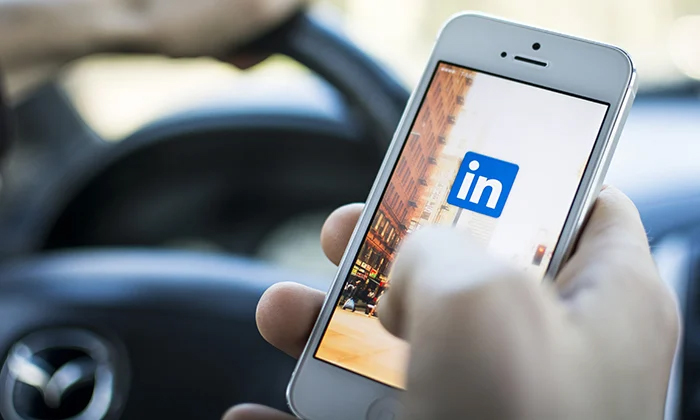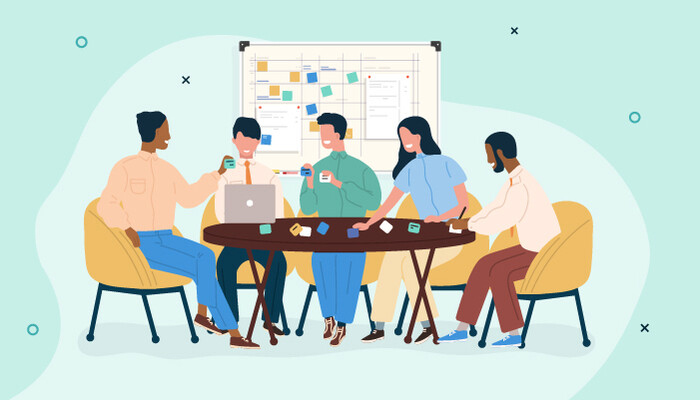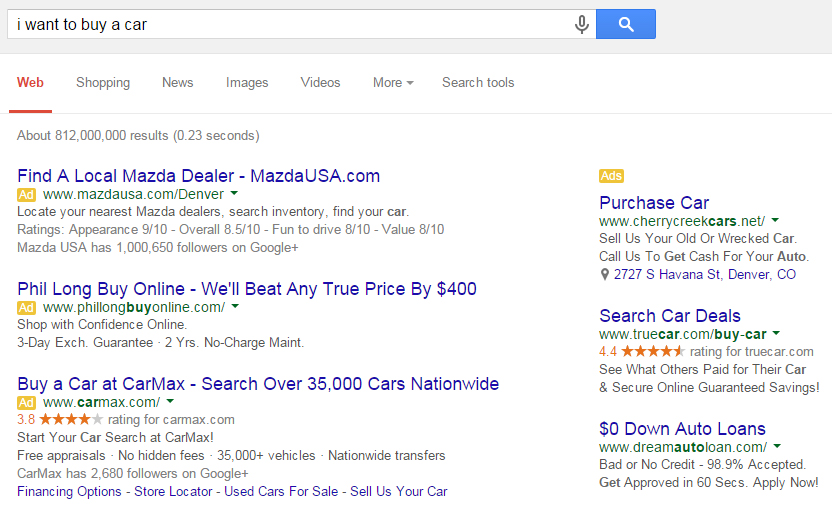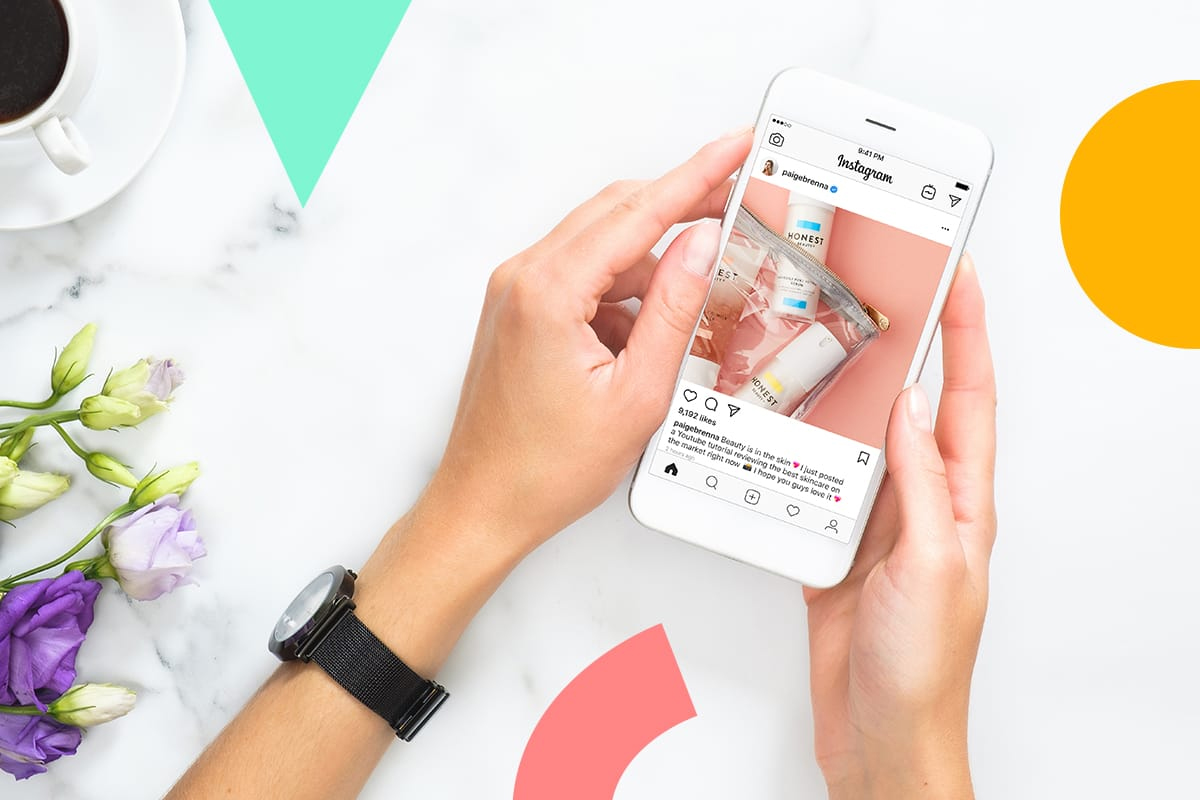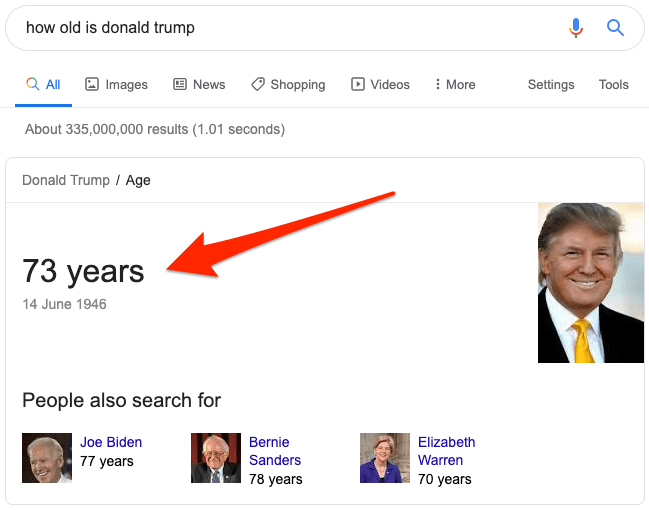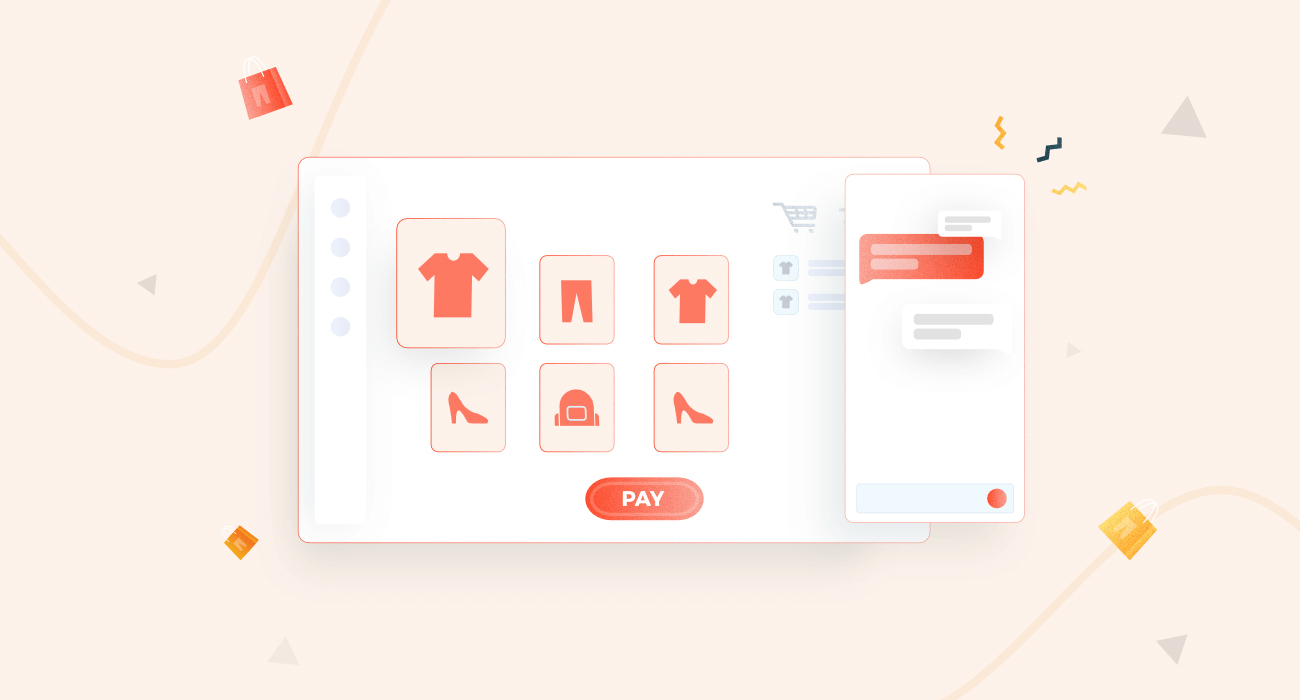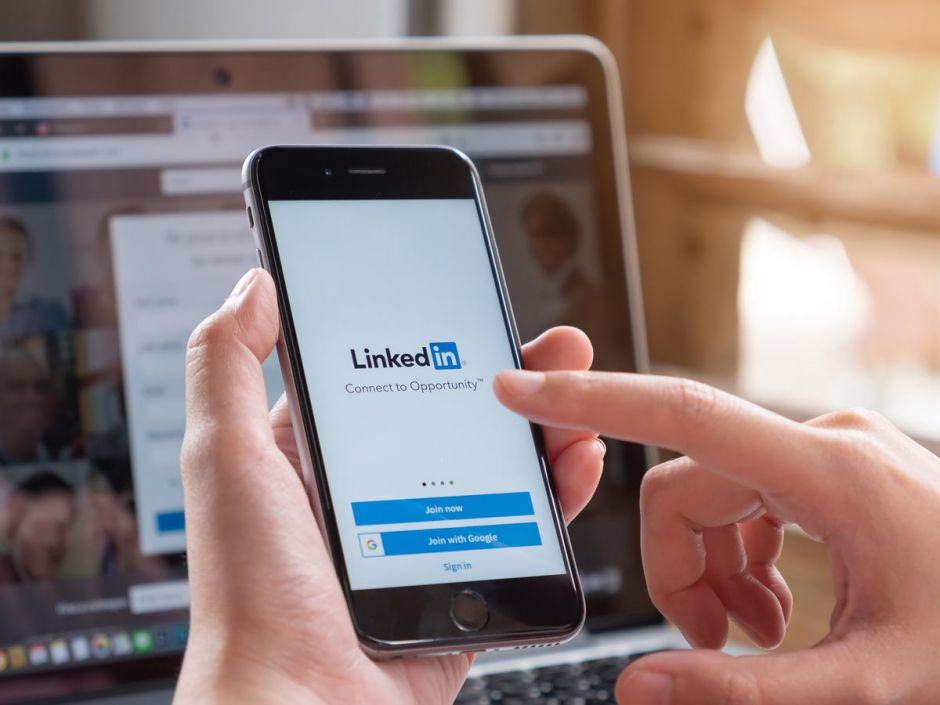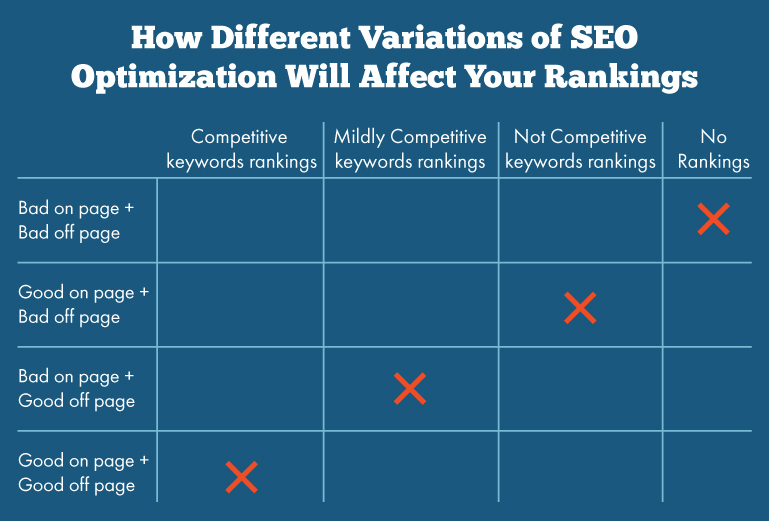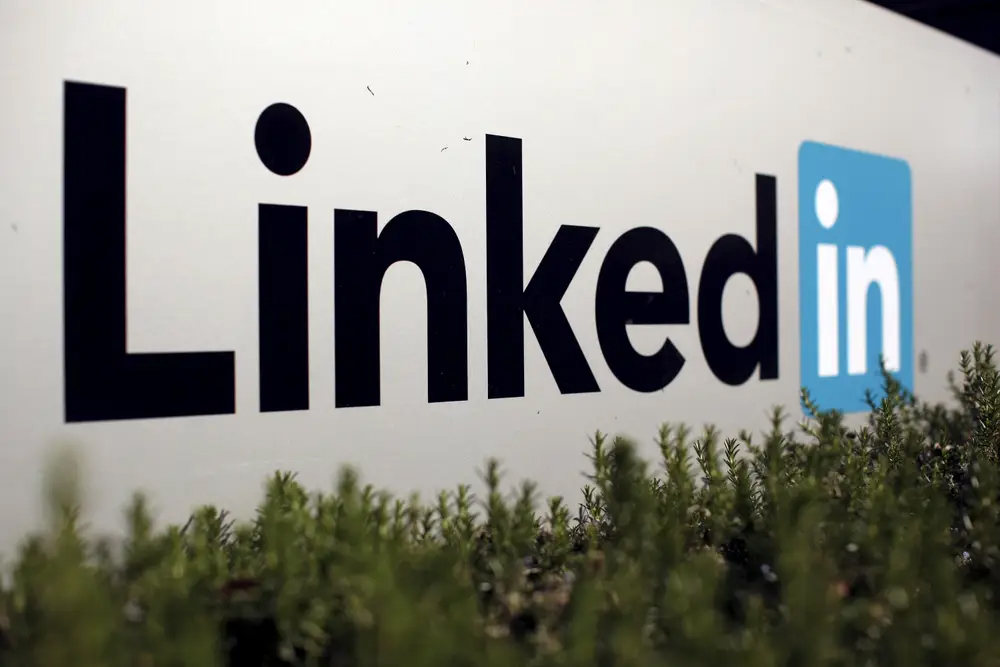
Like Facebook, Instagram, Twitter, and a dozen others, LinkedIn is a social network. And like other social network, it’s owned by a big tech company: Microsoft.
But unlike most social networks, LinkedIn is a professional networking site, designed to help people make business connections, share their experiences and resumes, and find jobs.
LinkedIn essentials
Despite the professional focus, LinkedIn is quite similar to social networking sites like Facebook. It’s based on principles like connecting to friends (or, in the case of LinkedIn, “connections,”), posting updates, sharing and liking content, and instant messaging other users.
LinkedIn also puts a professional spin on ideas you know from Facebook. Your profile, for example, becomes a resume, complete with work experience, accomplishments, recommendations, and referrals from colleagues.
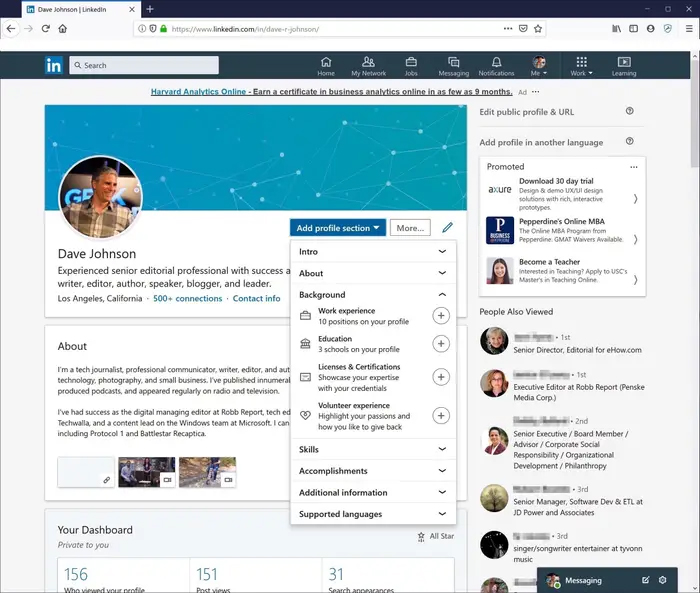
Many employment services are now compatible with LinkedIn — when applying for a position, you may be able to share your LinkedIn profile, which sometimes means you won’t need to painstakingly enter your work experience into a long online form.
If you’re new to LinkedIn, here’s a quick tour around the site.
A quick tour of LinkedIn
- Home is akin to Facebook’s news feed. Here you can see posts made by other LinkedIn users, and make your own posts that others can see, like, share, and comment on. Like Facebook, you can limit your posts to just connections in your network, or share your thoughts with everyone.

LinkedIn’s Home page will look familiar to anyone who uses a social media site like Facebook, and serves a similar purpose. In this photo, the site’s major pages are highlighted at the top. Dave Johnson/Business Insider - My Network is where you can see your existing network of connections, and search for LinkedIn users to invite to join your network. You can also see existing invitations you’ve received from others.
- Jobs is a comprehensive career site. You can search for and apply for jobs, get information about companies you’re interested in, and much more. You can set up notifications and get emails when there are new job postings.
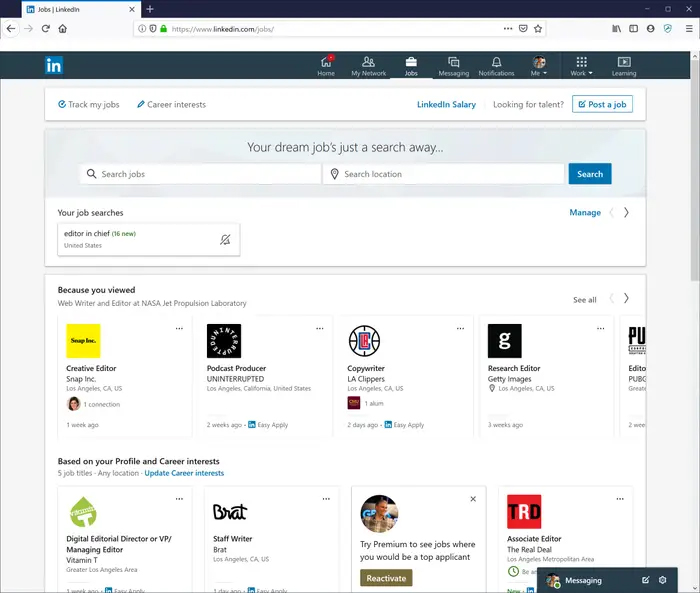
- Messaging leads to an instant messaging platform you can use to chat with people in your network. You can also use it to send messages to people outside your network with something called InMail, if you subscribe to certain tiers of LinkedIn Premium.
- Me is where you can find your profile, which is akin to your resume. Here, you can show your career history by posting your work experience, accomplishments, education, current location, and more. If you have a LinkedIn account, this should be as polished as your actual resume, as you can expect professional connections and recruiters to look at it.
What you can do with LinkedIn
It should be clear that LinkedIn is a tool you can use to enhance your professional networking and job searching activities.
Many people use the site to grow their contacts and find career opportunities, and the Jobs section of the site is a powerful tool for finding and applying for jobs. There are settings on LinkedIn that let you alert recruiters that you’re actively job searching as well. Some people use LinkedIn to enhance their professional reputation by making posts in the news feed, and commenting on other people’s posts.
LinkedIn Premium is a subscription version of LinkedIn that adds a number of additional features, such as online professional development classes, insights into who’s viewing your profile, and the ability to instant message anyone on LinkedIn, even if they’re not in your network.
